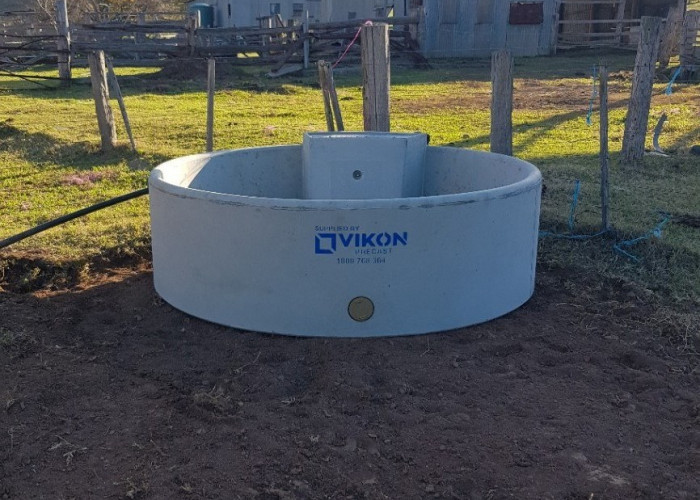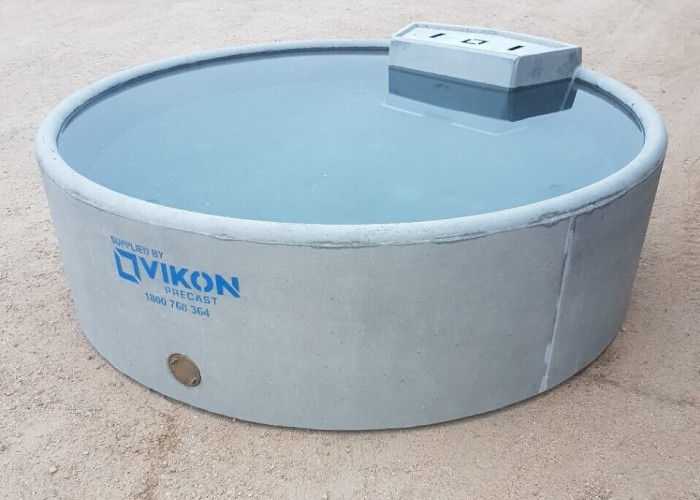Beef Feed Troughs
Our Beef feed troughs are created with one high side and the other side low allowing easy access for cattle and calves to feed on one side. Due to this, they have some noticeable differences.
Structure
The structure of a beef feed trough differs from a dairy feed trough in that it generally features a U shape with a low side allowing calves and cattle to feed, and a high side to prevent feed spillage and wastage.
Also, the dimensions of the beef feed trough are made in 3m sections, weighing 1.8 tonne each compared to dairy feed troughs being 2.4m sections, weighing 1.3 tonne each.
Similarly, both these troughs have an open-ended design, cast in lifting points and cast in fixture points, which provide simplicity when it comes to assembling your feed trough in order to meet the demand of your circumstances.
Another feature of the beef feed trough is that a bolt-on fence system can be placed down the high side of the troughs to complete your feed solution faster and allowing you to manage and control your cattle while feeding them.
Heavy Duty Construction
It is vital that beef feed troughs can withstand the abuse that occurs when cattle run to feed. Therefore, beef feed troughs must be heavy enough not to move or be tampered with, whilst also being smooth enough to not cause injury to stock.
When designing our troughs, we take this into consideration. Our troughs have thick rounded edges and smoothed surfaces minimising injury to your stock, with also being strong enough to last decades.
Dairy Feed Troughs
When feeding dairy cattle in paddocks and feeding stations, these troughs are ideal as they are sized to allow stock to access feed from both sides, which is the main difference to beef feed troughs.
Structure
Whilst a beef feed trough has a U shape, a dairy feed trough has a smooth bottom and slightly sloped sides. This allows stock to access feed from both sides of the trough, which allows for double the number of cows to be fed compared to beef feed troughs. The design of this trough also makes it easier to sweep out uneaten food.
To control and manage cattle behaviour and stop cattle from getting into the troughs, there is a provision for a hot wire to be placed through the centre of the troughs.
Construction Features
When it comes to dairy feed troughs, it is vital that they are strong enough to resist damage so are constructed with 40MPA concrete and reinforced with mesh and reo bar. This is the same for beef feed troughs, in that they both must be strong and heavy enough to discourage tampering or movement by cattle, and ensuring a quality product for years to come.
Designs
Both dairy and beef feed troughs are designed to meet the needs and expectations of Australian farmers, being designed for flexibility, strength and adaptability.


